Italian Futurism, 1909–1944: Reconstructing the Universe
The Guggenheim’s new exhibition presents a holistic view of the avant-garde art movement and its revolutionary ideals
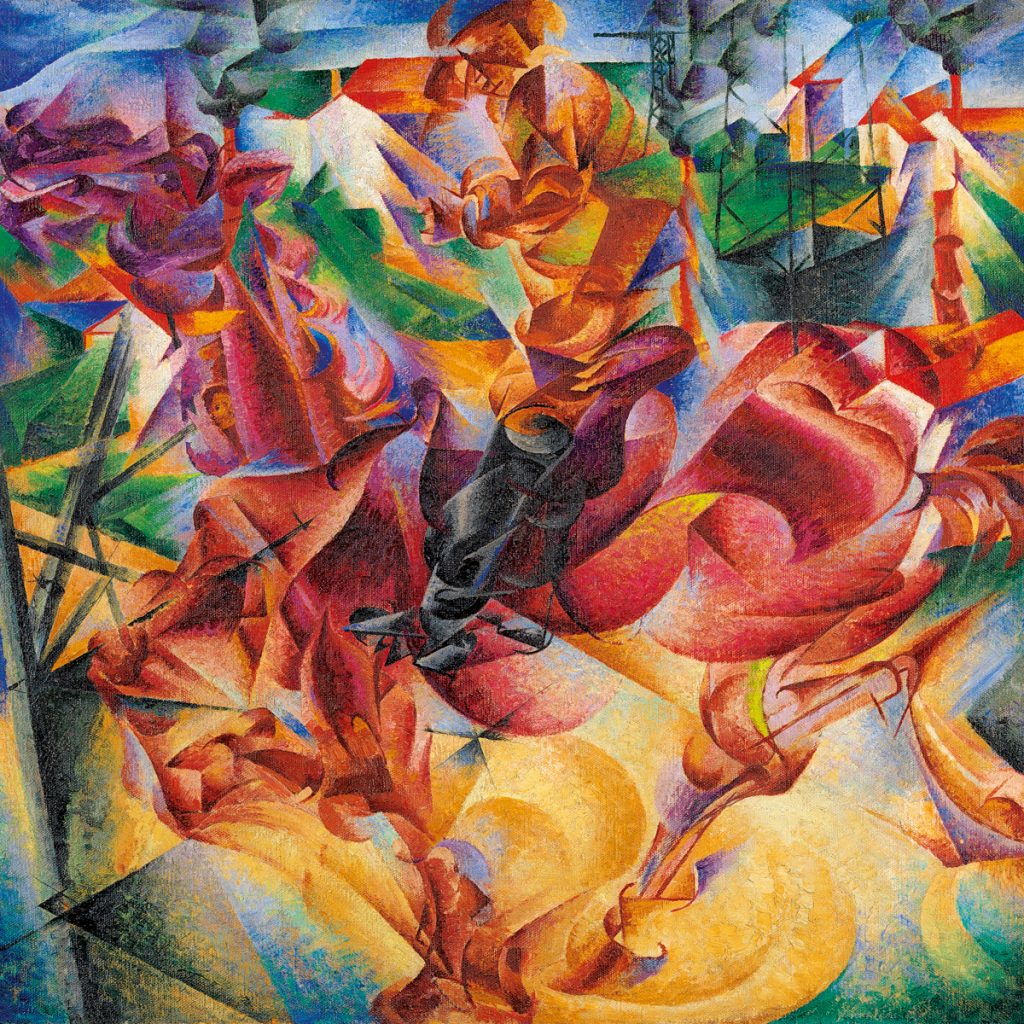
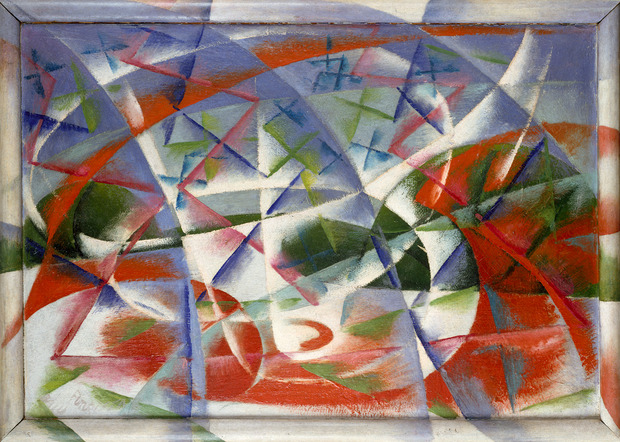
Taking over nearly the entirety of NYC’s Frank Lloyd Wright–designed Guggenheim Museum, the upcoming exhibition “Italian Futurism, 1909–1944: Reconstructing the Universe” will ambitiously showcase the lesser known, early 20th century art movement. Originating in Italy in 1909, Futurism’s origins lie in a high-energy manifesto written by philosopher and propagandist F.T. Marinetti, which praised the spirit of rebellion, the speed of racing cars, the beauty of the avant-garde and fundamentally, artistic freedom. Marinetti’s provocative ideas went on to inspire Dadaism and Surrealism, and most importantly, a radical new way of viewing the world.
We spoke with Guggenheim curator Vivien Greene, who’s been working on the exhibition since 2007, but tells us it has been a goal for the museum since she began working there 20 years ago. The extensive undertaking will extend from the main entrance gallery all the way to the top of the rotunda, and include 360 works across all forms of media—from a Futuristic coffee service set to Giacomo Balla paintings to Umberto Boccioni’s famous 1913 sculpture, “Unique Forms of Continuity in Space” and beyond. With so much to the influential yet oft-overlooked movement, we asked Greene to tell us more about the exhibition and Futurism’s complex outlook on modernity at large.
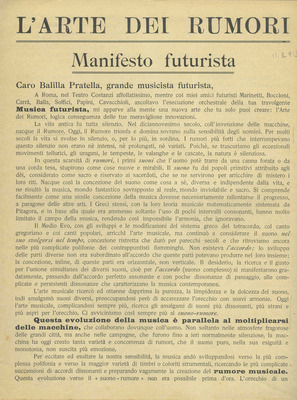
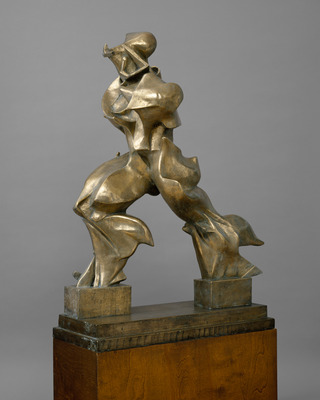
Futurism began as a literary concept, will their manifestos be on display?
Absolutely. In fact, since it starts as a literary movement—Marinetti is the writer, obviously—that is something that I really wanted to emphasize for the exhibition. I think there were more Futurist writers than there were artists. For one thing, it’s easier to write than to paint, or sculpt or photograph, so writing was a big way in which they disseminated their ideas and also beyond the borders of Italy. Manifestos and various publications were translated into French, but even into English or Japanese.
So the entire exhibition is punctuated by different kinds of writings. We have 70 pieces of ephemera that includes manifestos, books and journals in beautiful architect-designed caseworks, so you know whenever you’re coming up to something that’s literary. But we integrated it in with the other works. If you’re looking at a manifesto about aerial painting, then there in that bay you see aeropittura, or even aerial photography. It’s meant to show that it’s all bound together. The challenge is, of course, everything is written in Italian, but we came up with a [free] manifesto app. [The museum will also provide iPads for those unable to download the app on their personal device.]
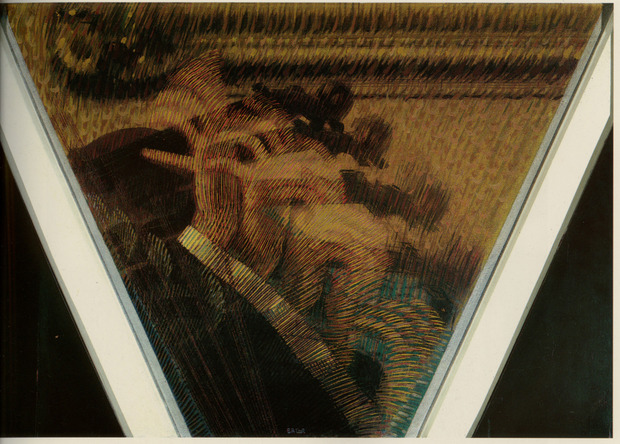
Futurism was a pretty belligerent art movement—how will the exhibition deal with their more aggressive opinions?
The show has a lot of didactics. Some of the artwork addresses that directly, so it’s easy enough to see their ideas, but we walk people through it as well. They celebrated war as this kind of cleansing medium, and a part of it was because Italy was seen as being so staid and so bourgeois, and after Italian unification in 1860, all those ideals of the Risorgimento really never come to fruition. So this idea of burn down the past and start fresh, be super modern—there were a lot of ideas of regeneration. But they also were very pro war because they wanted to enter World War One to get back the lands that were still under the rule of the Austro-Hungarian empire that were part of the Italian peninsula. So that’s a really practical historical reason that goes beyond you know, Sorelian ideas of the mob and violence—although Georges Sorel does inform them too, but sort of at different levels.


Do you think it was about freeing themselves in order to better the future? Or was it more political?
I compare it in a way to the whole idea of the phoenix. The phoenix burns completely to ashes and then is born again new, fresh and young. But then they also were very aggressive: they start off as a left-wing revolutionary movement and then—how it often happens when you’re at one extreme of something totalitarian—you shift to the other and end up being on the right. They disagreed with the anarchists because the anarchists, although they were running around throwing bombs, had a more pacifist goal in mind.
They also disagree with Mussolini on a lot of things, so their connection with fascism—that’s something else we try to explain in the show—is that they break early on from the Fascist movement as Mussolini is establishing it right after WWI ends, between then and 1920. Mussolini was actually too conservative for them and also they were anticlerical, Mussolini was not, so there are these pretty important points on which there’s a great deal of disagreement. Obviously, as Fascism becomes the only political party—the dictatorship is declared around 1925—then everyone is a Fascist and a lot of their ideas do agree with those of Mussolini. The funny part in all of this is that in the end, Mussolini actually doesn’t like Futurist art.
So it’s complicated, but our text scopes walk you through the time periods and give this explanation of how the paths of the Futurists and the Fascists are in many ways more parallel than intertwined. There are a lot of shared ideals, but then there isn’t direct collaboration.
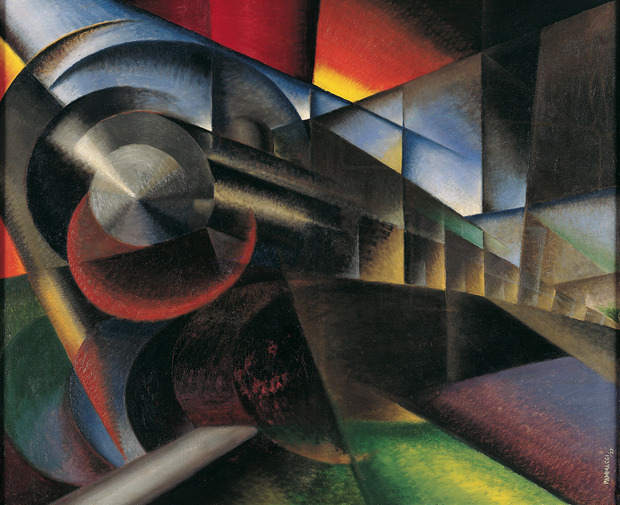
The Futurists were against traditional institutions—how do you feel then about having this exhibition at the Guggenheim?
There are a lot of paradoxical things about Italy, and Italy’s relationship to modernity is very complicated. Being so freighted with the past, a lot of artists felt they had to reach back to the Renaissance, or the Baroque or Roman times to get back to that greatness and were using the past as a reference. The Futurists’ rejection of that is to try to do something new and not repeat what’s already been done, but in the end you can’t shake off 2,000+ years of art and culture that surrounds you every step you take. And in fact, ultimately they show in museums and in expositions and so forth. They are less radical, let’s say, by the late ‘20s and ‘30s, and Marinetti becomes a member of the academy in 1929. There’s more compliance and that’s just so ironic.
I think if any of them were alive now, they would feel vindicated to have a big exhibition. Also, because another twist of fate is that they decided not to show at the Armory Show in 1913. Of course if they had, we would know more about them because all the bad press—like Duchamp’s “Nude Descending the Staircase”— garnered during that exhibition gave French movements a lot of attention in the United States, and I think if the Futurists had been in the Armory Show, I think their narrative would have been different. And ironically, so much of what was modern to them were things here in New York: skyscrapers, our engineering infrastructure, how trains work here. So it has a certain congruency, but I don’t think Marinetti would have totally rejected it.

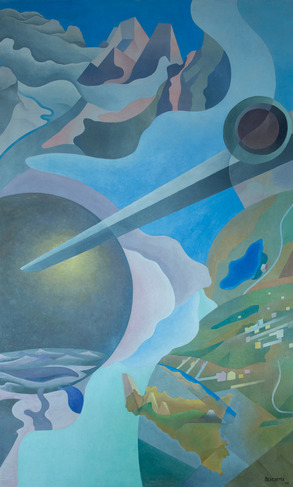
I read that through this exhibition, you are also trying to explore the definition of the avant-garde.
This is sort of a scholarly debate, but I think for many people the definition of avant-garde means it follows the idea of the scholar named Bürger, and to be avant-garde means you have to be of the left. So if you break out of that mold—it’s hard to think of an avant garde that was on the right. And I think with Futurism you have that, because in every other way, they’re satisfying our ideas of what is avant-garde: they’re new, they’re disruptive and as they continue to develop into the ‘20s and ‘30s, they are reinventing themselves. It’s not as though they’re painting the same thing over and over again. They evolve while still keeping in mind the basic tenets of what is Futurist—dynamism, simultaneity, speed, technology, the machines. They embrace new things, they’re not at all static. Innovation is very important to the ideas of the avant-garde.
We tend to think of the avant-garde of the prewar as being primarily French and there’s this very canonical sort of way that art history has been written—Paris is the center of the art world in the 19th and early 20th century and then New York becomes the center of the art world after the war. But in fact there are always cultures active elsewhere doing different things. What I meant is that, it is an expanded idea that goes beyond the sort of traditional, more Francophonic; also more with this specific political alliance having to be part of the paradigm.
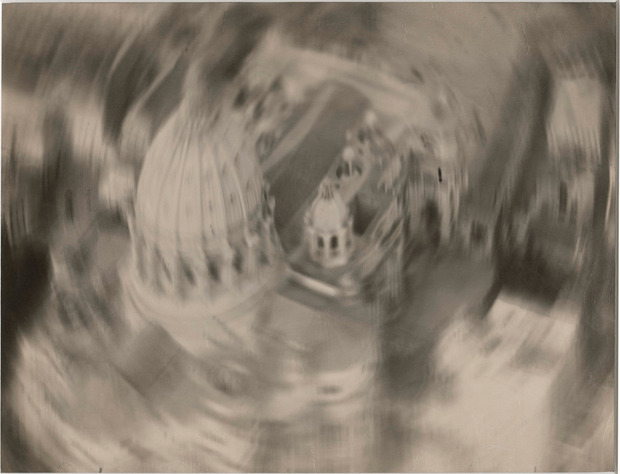
“Italian Futurism, 1909–1944: Reconstructing the Universe” opens 21 February 2014 and runs through 1 September 2014. The massive venture will uniquely include mural-size paintings created by Marinetti’s wife Benedetta (who eschewed her surname to avoid favoritism) on loan from a post office in Palermo, as well as several conceptual films created specifically for the exhibition by filmmaker Jen Sachs.
All images courtesy of the Guggenheim Museum












